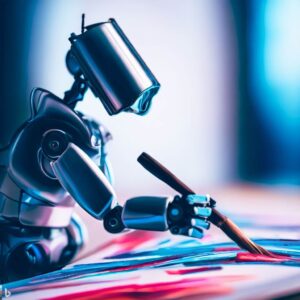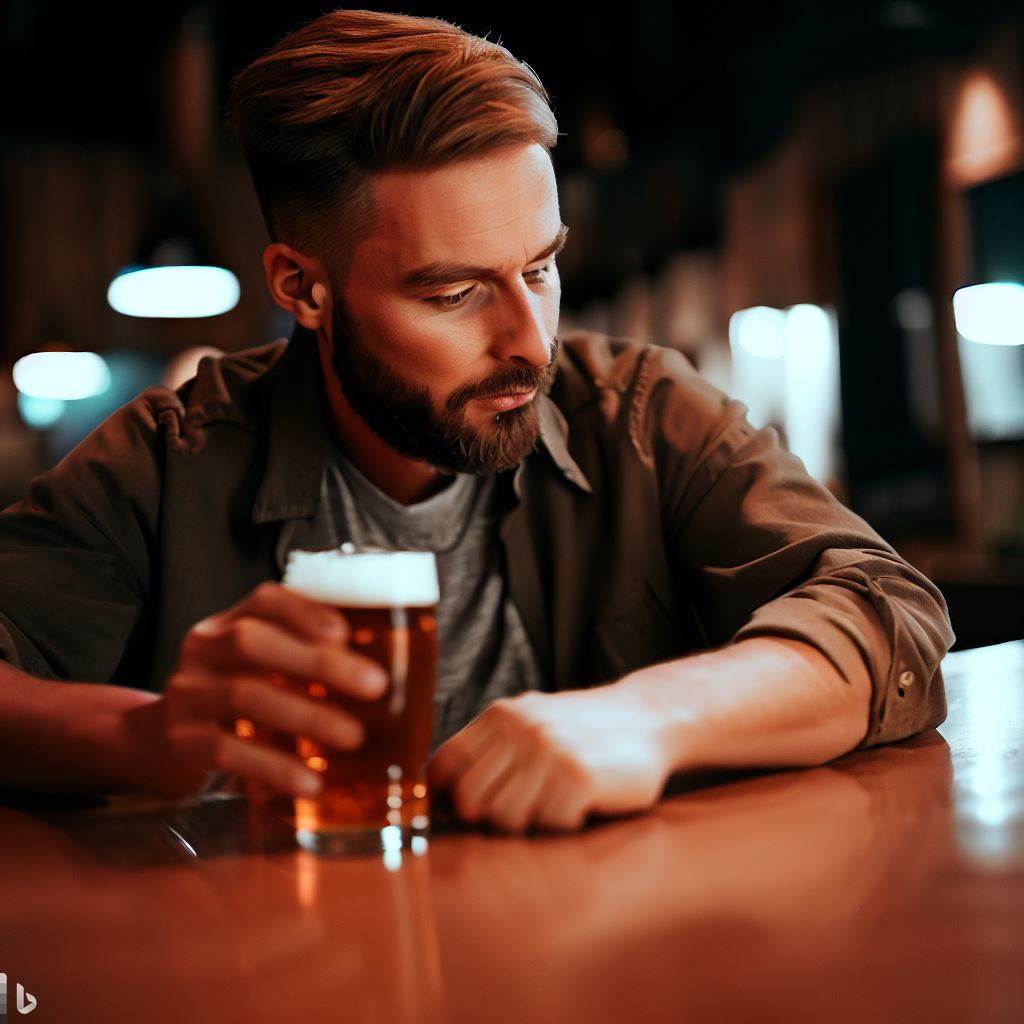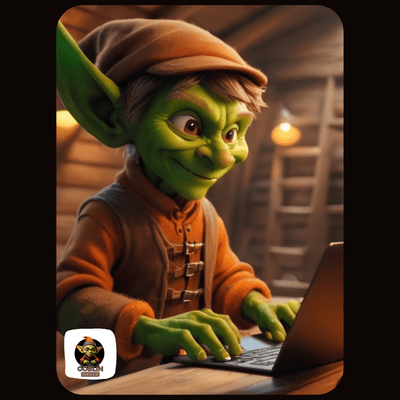
Image generators are ground-breaking AI models that leverage deep learning and neural networks to transform text descriptions or prompts into stunning visual representations. This process involves a generator component that creates realistic images based on the given text input and a discriminator component that provides feedback to refine the generated images. These models are trained on extensive datasets comprising images and corresponding text descriptions, allowing them to learn the relationships between the two modalities. To achieve its remarkable ability to generate images, an image generator needs to be trained on extensive datasets. These datasets typically consist of large collections of images with corresponding text descriptions. By analyzing the relationships between the text and the images, the model learns to associate specific textual features with visual patterns, enabling it to generate relevant images from text input.
Different models used for image generation include:
- GANs: These models consist of a generator and a discriminator, training the generator to produce realistic images.
- VAEs: VAEs encode and decode images in a latent space, enabling diverse image generation.
- Transformers: Originally for language processing, transformers have been adapted for generating images by capturing dependencies between image patches.
- StyleGAN: An extension of GANs, StyleGAN allows fine-grained manipulation of specific image attributes.
- Diffusion Models: These models gradually refine random noise into desired images through a diffusion process.
- VQ-VAEs: VQ-VAEs encode images into discrete representations in a latent space, offering better control over generated images.
Utilizing Image Generators
So how do you use an image generator? As mentioned early you input text that is processed to produce your image. Think of the image in your mind then describe what your vision is. for example this simple prompt: “A man sitting at a bar staring into his beer”
For this demonstration, I’m using Bing Image Creator, this is the result of this simple prompt.

this is from using a fairly simple prompt, but this isn’t exactly what I’m looking for. more detail in the prompt will bring the result close to my vision.
I tried this more detailed prompt:
“Compose an image that portrays a mesmerizing scene in which a middle-aged man, clad in a slightly rumpled suit, occupies a weathered barstool, positioned at the edge of a dimly lit bar. The man’s face, etched with lines that tell countless stories, bears a faint expression of melancholy. A carefully placed ray of light cascades through a stained glass window, casting vibrant hues of emerald and crimson upon the bar counter, an intriguing interplay of shadows and light.”

Now this image is much more like the picture in my mind, and the atmosphere is more to my liking. to a degree, you have to allow some latitude as we don’t know what datasets the generator is using. You could try changing and refining the wording of your prompt, but you need to remember many of these generators have limits on how many images you can generate, though you can buy more credits. it costs millions to set up and run these systems. Aside from changing the wording of your prompt, many offer different customization options. like changing the AI model, or setting different parameters for processing your prompt. Others offer tools for editing the output like applying different styles or using AI to evolve the image. It is worth experimenting with different tools with the same prompt. As these are still developing technology they do have limitations, I have noticed two things they struggle with, hands and fingers often look mutated, and lettering within an image is often wrong.
Applications in Creative Endeavors
As a creative professional, I have personally experienced the immense benefits of image generators in my work. Tools like Bing Image Creator and NightCafe have been incredibly helpful in designing cover images for my blog posts and articles. By providing a text description or prompt, these image generators allow me to quickly generate visually engaging images that perfectly capture the essence of my written content, saving me time and adding an extra layer of creativity to my blog posts.
In addition to their impact on cover images, image generators have brought significant value to the realm of logo design. Traditionally, creating a logo from scratch or relying solely on manual design processes could be time-consuming and require extensive iterations. However, image generators have streamlined this process by offering a convenient way to explore and generate diverse logo concepts effortlessly. By inputting simple text-based instructions, such as desired colors, symbols, or styles, these tools generate a variety of logo options. This empowers designers to iterate, fine-tune, and customize until they find the perfect representation that aligns with their brand identity.
Beyond logo design, image generators have become instrumental in various creative domains, revolutionizing the workflow for graphic designers. These tools allow designers to rapidly iterate on design concepts, enabling them to explore different styles, experiment with color schemes, and refine compositions with ease. By leveraging image generators, designers can unlock a vast array of possibilities, saving time and expanding their creative horizons.
Marketers, too, have recognized the power of image generators in creating captivating visuals for their campaigns. By harnessing these tools, marketers can effectively convey messages, evoke emotions, and capture audience attention. Image generators enable them to generate high-quality visuals that align with their brand’s tone and messaging, ensuring their marketing materials stand out in a visually saturated landscape.
Moreover, image generators have made a significant impact on education and research. Educators can leverage these tools to enhance their teaching materials by creating visually appealing and engaging visual aids. Researchers can utilize image generators for data visualization, enabling them to communicate complex information more effectively and make their findings accessible to a broader audience.
Overall, image generators have revolutionized the creative process across diverse fields and industries. Their efficiency and innovative capabilities have enhanced productivity, unleashed creativity, and opened up endless possibilities for visual expression. Whether in logo design, graphic design, marketing, education, or research, image generators have become indispensable tools that empower professionals to create visually compelling content conveniently and efficiently.
Some of the popular image generators:
- Bing Image Creator: https://www.bing.com/images/create?FORM=GDPGLP
- NightCafe: https://nightcafe.studio/
- DeepArt.io: https://deepart.io/
- ArtBreeder: https://www.artbreeder.com/
- RunwayML: https://runwayml.com/
- DALL-E: https://labs.openai.com/
- This person does not exist: https://this-person-does-not-exist.com/en
- GANPaint Studio: https://ganpaint.io/
- NVIDIA Canvas/GauGAN: https://www.nvidia.com/en-us/geforce/news/gfecnt/20221/studio-canvas-update-gaugan2-ces/
- BigGAN Playground: https://www.deepmind.com/open-source/bigbigan
Copyright issues
Finding a balance between the benefits of image generators and the copyright concerns they raise is crucial. While it is important to protect the rights of artists and content creators, it is equally important to foster an environment where innovation and creativity can thrive. Perhaps there is an alternative approach to address the concerns surrounding the replication of existing artworks. Could we train image generator models in a manner similar to how art students learn and develop their skills? By collaborating with artists and involving them in the training process, we could ensure that the models capture the nuances of art forms, shapes, and concepts. Another possibility is the establishment of a collaborative library or repository of datasets, where artists can contribute their work. Subscribers to this library could then have access to a diverse range of high-quality images, and royalties could be fairly distributed to the contributing artists. This way, we could strike a balance that respects both the educational and developmental aspects of art and the rights of artists, fostering a collaborative and mutually beneficial environment.
Addressing copyright concerns within the context of image generators requires considering the perspectives of both artists and tool creators. Solutions may involve implementing clearer guidelines and policies regarding the usage of copyrighted material, ensuring that creators are fairly compensated for their work. Collaborations between artists, content creators, and image generator platforms could foster a mutually beneficial relationship, allowing for innovation while respecting intellectual property rights.
Overall, striking a balance that respects copyright while nurturing creativity and innovation is a complex challenge. It requires thoughtful discussions and collaborations between stakeholders to develop nuanced approaches that protect the rights of artists, provide learning opportunities, and encourage creative expression within the realm of image generators.
Looking forward
Image generators have revolutionized the creative process by leveraging AI technology to transform text into stunning visual representations. They have found valuable applications in diverse fields, including cover image design, logo creation, graphic design, marketing, education, and research. Tools like Bing Image Creator and NightCafe have provided immense help in generating visually engaging images for blog posts and articles, saving time and enhancing creativity. In logo design, image generators have streamlined the process, allowing designers to explore and fine-tune concepts effortlessly.
In graphic design, these tools enable rapid iteration and exploration of different styles, color schemes, and compositions. Marketers can leverage image generators to create captivating visuals that effectively convey messages and capture audience attention. Educators and researchers can utilize them to enhance teaching materials and present complex information through engaging visual aids and data visualization.
Looking towards the future, the emergence of 3D image generators holds promise. While currently in the testing phase, these tools are beginning to show potential. However, they are not yet ready for widespread use. Continued advancements in this area could revolutionize not only 2D image generation but also expand the possibilities in three-dimensional visual representation.
Nevertheless, it is crucial to address copyright concerns that arise with image generators. Striking a balance is necessary, considering the educational value of replicating existing artworks for art students and the creative expression inherent in fan art. Solutions may involve clearer guidelines, fair compensation for creators, and collaborations between artists, content creators, and image generator platforms.
Image generators have transformed the creative landscape, empowering professionals to generate visually compelling content efficiently. They hold vast potential for future development, including the emergence of 3D image generators. Balancing copyright concerns while fostering creativity and innovation remains an ongoing challenge, requiring collaboration and thoughtful approaches to protect rights while encouraging artistic expression within the realm of image generators.
What are the key types of image generators mentioned in the article?
The article discusses several types of image generators, including Generative Adversarial Networks (GANs), Variational Autoencoders (VAEs), Transformers, StyleGAN, Diffusion Models, and Vector Quantized-Variational AutoEncoders (VQ-VAEs). Each of these models uses different methods to generate images, offering a range of capabilities and applications in image creation.
How do image generators work?
Image generators work by analyzing relationships between text descriptions and images in extensive datasets. They use deep learning and neural networks to create visual representations from text inputs. The process typically involves a generator creating the images and a discriminator refining them to enhance realism and accuracy.
Can image generators be used for professional applications like logo design and marketing?
Yes, image generators have significant applications in professional fields such as logo design, graphic design, marketing, education, and research. They enable rapid iteration on design concepts, help generate diverse visual ideas, and can convey complex information visually, enhancing creativity and productivity.
What are some challenges and limitations of using image generators?
Despite their capabilities, image generators have limitations. They can struggle with details like hands and fingers, which may appear mutated, and lettering in images is often incorrect. Also, the quality of output depends on the detail in the text prompt and the datasets the generator has been trained on.
How does the article address copyright concerns related to image generators?
The article suggests a balanced approach to address copyright concerns. It proposes training image generators in collaboration with artists and possibly establishing a collaborative library of datasets where artists contribute their work. This approach aims to respect the rights of artists while fostering innovation and creativity in image generation. Additionally, it recommends implementing clearer guidelines and policies for using copyrighted material and ensuring fair compensation for creators.

Comments